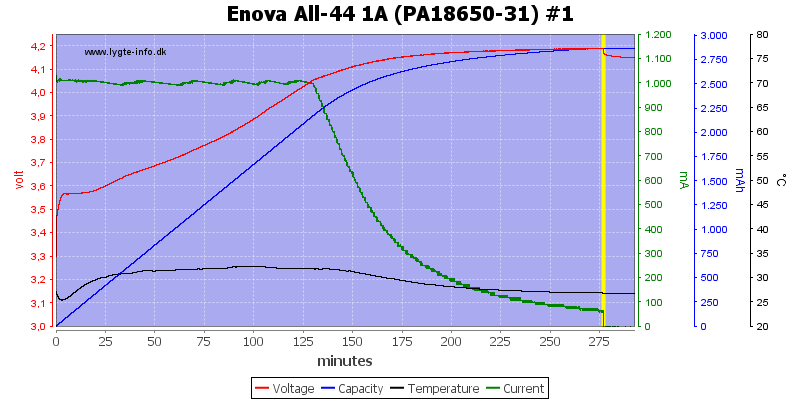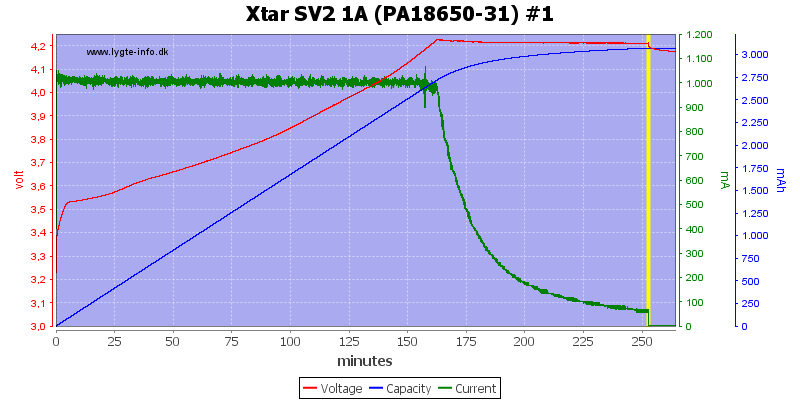I am using this charger exclusively now.
About 2 months ago the spring broke on one of the sliders.
Rather than go to the hassle of returning the thing for a new one I decided to fix it.
Removed rubber feet,unscrewed the bottom and revealed the problem.
The little plastic post the spring fixes to broke.(this plastic post is way underdesigned flimsy very poor)
I was able to drill a hole in the PC board just behind the broken post and attached the spring in the hole.
Better than new.
Just my 2 cents
The same thing happened to me, after about six months of daily use of that charger (I had two of them), and on two separate occasions (both times, with a 26650 battery in the well).
The first time, I just went into the store, with the charger, in all of the original packaging, and they immediately exchanged it, no questions asked.
The second time (maybe with the other unit..who knows), they were out out of stock, but set me up with a loaner charger, apologized for the problems, said they would advise XTAR of the problem; and a few weeks later, I had the replacement unit (Which I also picked up at the store, when they still had a storefront to go to lol.
These guys have always taken care of me, so I've never had any reservations about buying XTAR chargers.
Now, I'm enjoying four of these babies - among others







